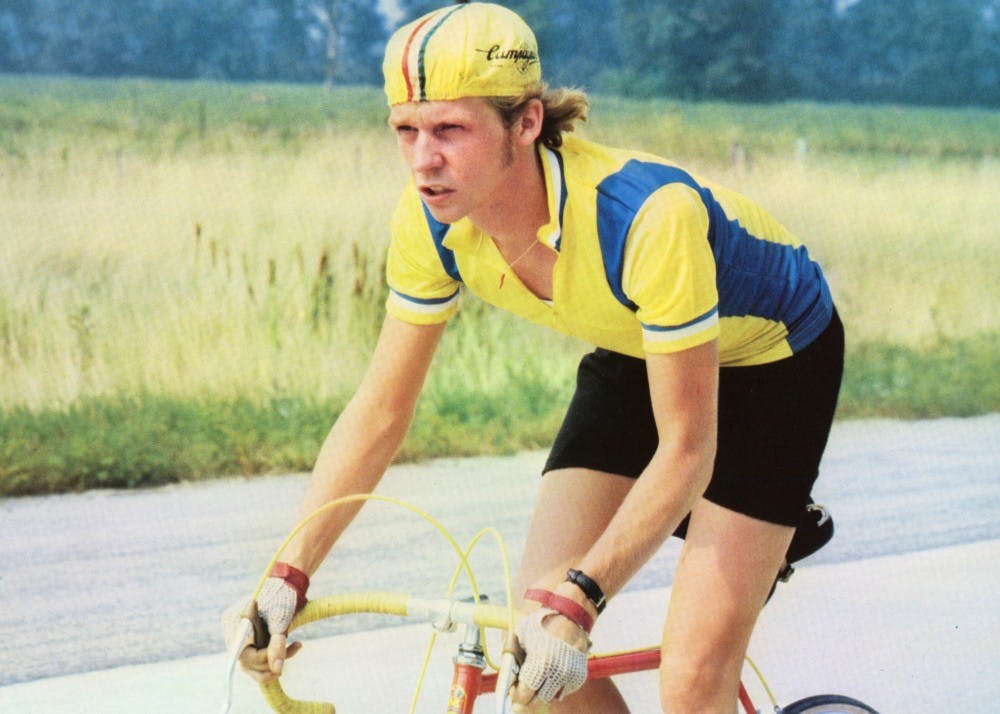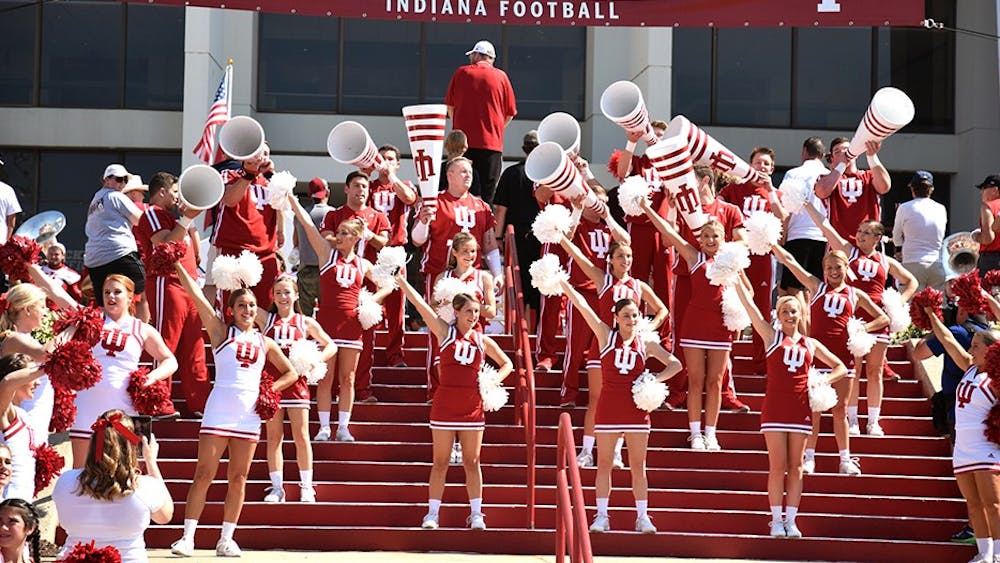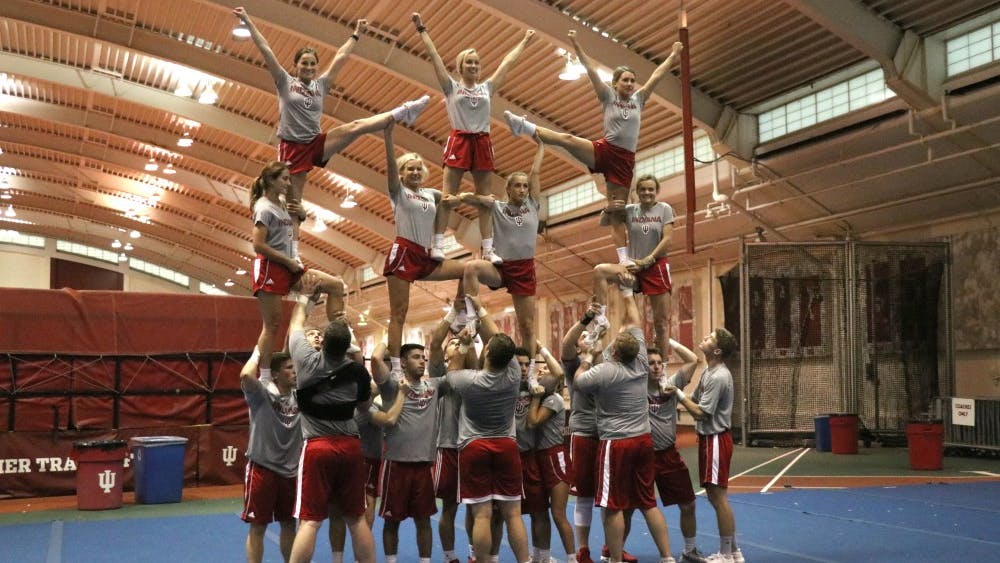With IU Homecoming around the corner, it’s time to turn on some classic Indiana movies to get into the Hoosier spirit. Here are some picks from the Media School faculty, staff and students.
1. "Breaking Away"
If any two things could define Bloomington, it would be cycling and limestone. This 1979 classic reveals the dichotomy between town residents and University students in Bloomington through the lens of the classic bicycle race, the Little 500. A group of 19-year-old “townies” race in the Little 500 against IU students who belittle them for being “cutters,” a term for people who work in southern Indiana’s limestone industry.
Pallavi Rao, a doctoral student in the Media School, watched "Breaking Away" for the first time in a class called “Seeing Whiteness,” she said.
Rao said the movie was interesting to her because it depicted characters who were responsible for the labor that built IU but couldn’t afford an education at the University. Rao said the class difference portrayed in the movie was evident to her when she rode the three bus to the west side of town.
“It’s a very different type of American life," Rao said. "It’s not wealthy college-going kids with their own cars who are able to party all night Thursday and Friday. That’s not what west-side Bloomington is about."
Another reason Rao said she liked "Breaking Away" was because of its Bollywood remake called "Jo Jeeta Wohi Sikandar." The movie portrayed class differences in India, which Rao said she thought paralleled class differences in Indiana.
Hollywood or Bollywood, "Breaking Away" is a coming-of-age classic that every visitor in Indiana should watch.
2. "Hoosiers"
"Hoosiers" is just an “Indiana thing.”
Marilyn Behrman, undergraduate administrative services coordinator at the Media School, said the movie represents not just IU but all of Indiana and “the idea that high school basketball is a thing for all Hoosiers.”
Behrman saw the Bloomington premiere of the movie at the Buskirk-Chumley Theater, which was then the Indiana Theater. The town premiere was organized because native Hoosiers Angelo Pizzo and David Anspaugh were the screenwriter and director, Behrman said.
A native of Tipton County, Indiana, Behrman said she noticed a mistake during a scene in which the basketball coach and a teacher are outside during either sectional or championship season.
“They're standing in front of a farm field, and there’s still corn standing in the field that should have been harvested in the fall," Behrman said. "To me, that’s one little mistake that some people wouldn’t even think about, but I’m a farm girl.”
3. "Kinsey"
When sexologist Dr. Alfred Kinsey formed the Institute for Sex Research, now the Kinsey Institute, in 1947, he started what is now called a “sexual revolution.” The 2004 movie is the story of Kinsey’s struggle to break through social norms with his research on human sexuality.
Kristin Martindale, assistant to the associate dean of the Media School, said the movie excelled in portraying the support of Herman B Wells, a former president of IU.
Martindale said Wells was one of the very few people who could embody IU and that portraying his support for Kinsey was the right way to tell this story.
“It was not everybody here that was being supportive,” Martindale said. “He had to fight for it, too ... I don’t think anything like that is super smooth sailing anywhere when it starts out.”
4. "A Season on the Brink"
The IU men's basketball team has won five national championships, and three of them were under Coach Bob Knight, who coached for almost 30 years. Player complaints that led to Knight's dismissal from IU came during his last six months of coaching.
Jim Kelly, a Media School professor, had not heard of the 2002 movie adaptation of the book "A Season on the Brink" by John Feinstein. Kelly said that in hindsight, Feinstein’s concerns about Knight were even more challenging and threatening to the University than he had noticed when he read the 1986 book.
“Though he left in ignominious rejection, he was fired," Kelly said. "Revelations that have come out from former players since then have shown that he was even less respectful of those players than we thought at the time."
Despite Knight’s infamous reputation and involvement at IU, the Hoosiers maintain their honest stance in sports because IU is “an athletic program that turns itself in for problems,” Kelly said.
“IU is, I think, a far cleaner program than the average power-house program, and always has been,” Kelly said.






